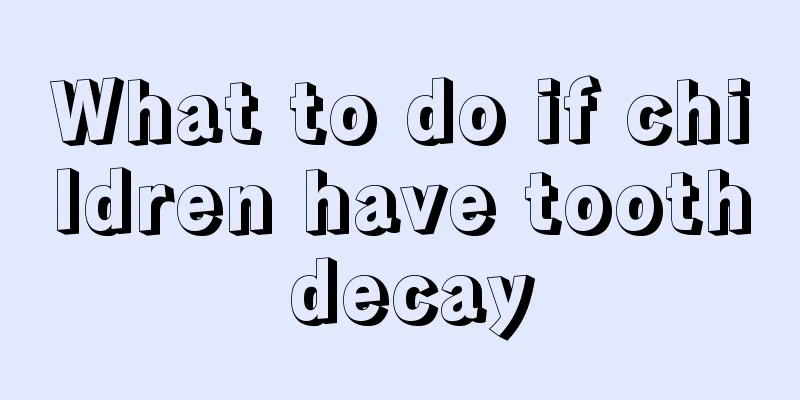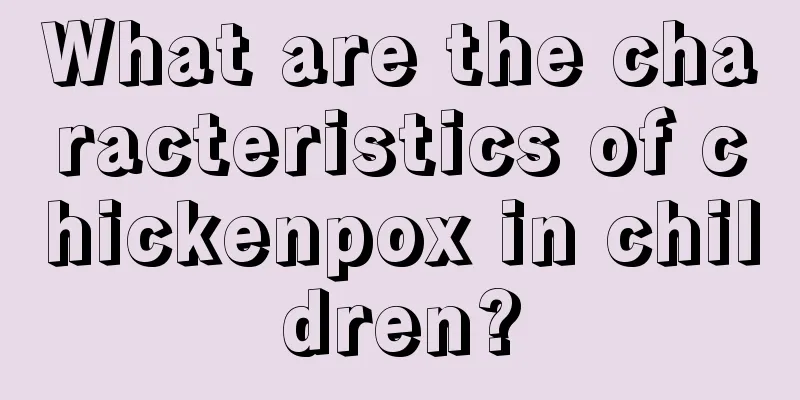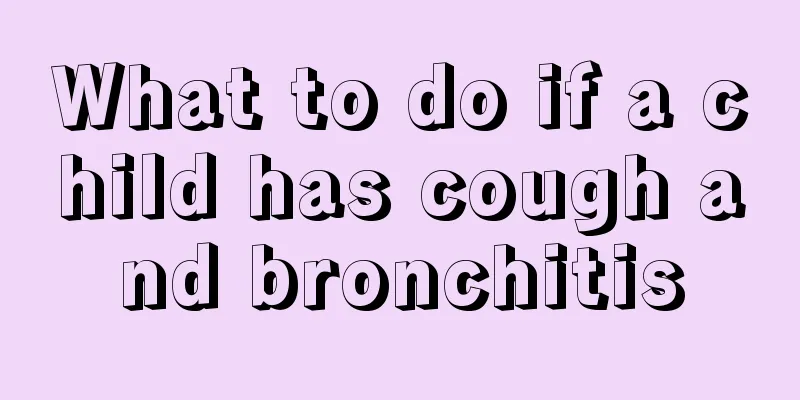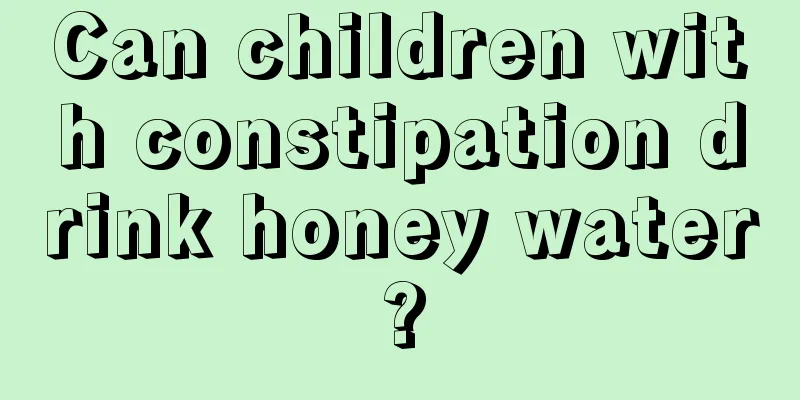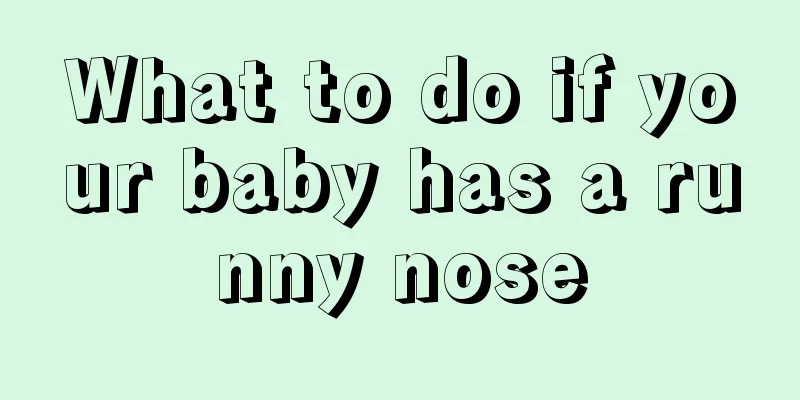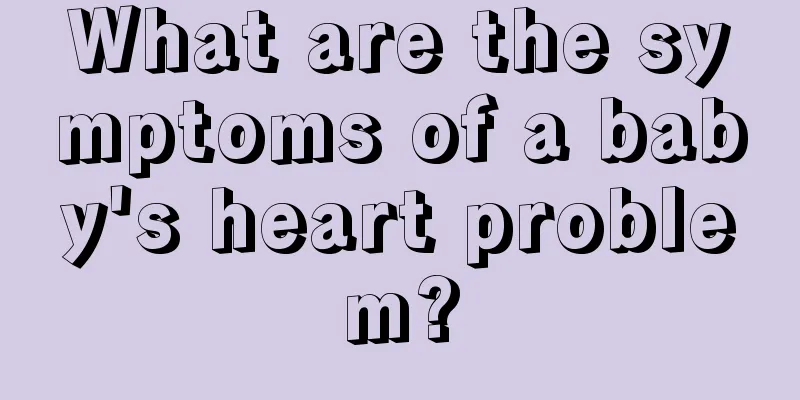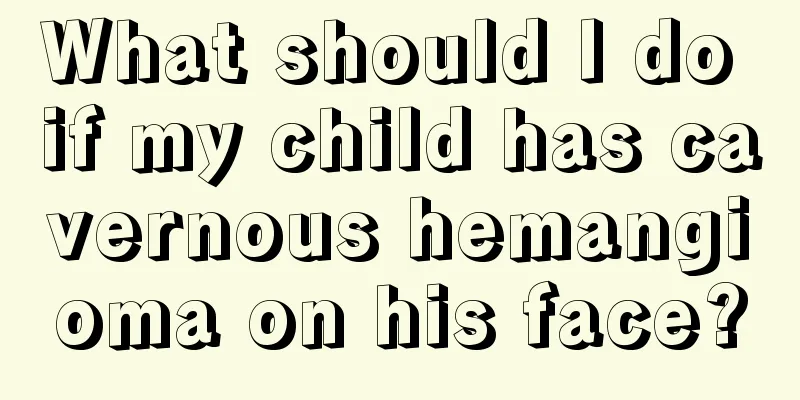What should I do if my child has a high fever?
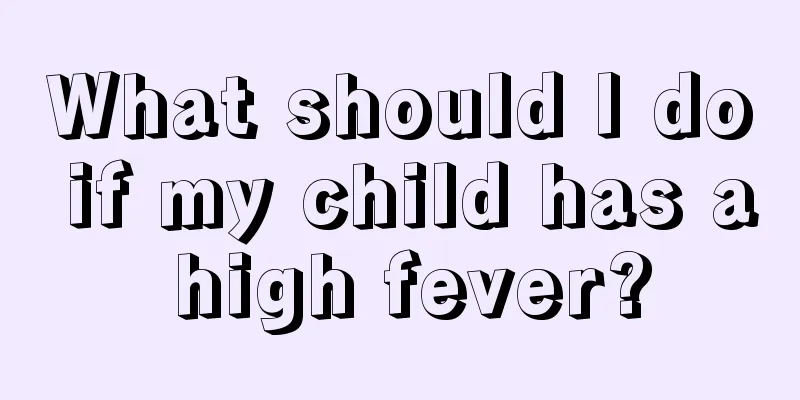
|
Colds and fevers are the most common diseases in pediatrics. Because babies have weak resistance, they can catch a cold and fever easily. However, many mothers become flustered when they see their babies have a fever and don’t know what to do. This may lead to serious consequences. So what should you do if your baby has a fever? The editor gives you some suggestions. The younger the child is, the poorer the temperature regulation function is, so the body temperature fluctuates easily and causes fever. Hyperpyrexia refers to a body temperature above 39°C and is the clinical manifestation of multiple diseases with the same symptom in children. 1. Determine the severity of the disease When a child has a high fever, the first thing to do is to determine the severity of the condition. The level and duration of fever are directly proportional to the severity of the disease. When the child has a high fever, is in good spirits, and cries loudly, it is often a mild illness and may be a viral infection, such as influenza or herpetic pharyngitis. When a child with high fever is listless, has poor reaction and pale complexion, it is often a serious illness, mostly due to bacterial infection, such as toxic dysentery, purulent meningitis, otitis media and other serious infections. If misdiagnosis is delayed, serious consequences may occur. High fever accompanied by chills is common in urinary tract infection, sepsis, and malaria. When high fever is accompanied by excessive sweating, sepsis sweats at irregular intervals, tuberculosis often causes night sweats, and malaria sweats when the fever subsides. For example, if the child has a long-term high fever, looks haggard, has dry mouth and chapped lips, the condition may be complicated, such as sepsis, typhoid fever, etc. In addition to acute infection, a sudden rise in body temperature, such as occurring in the hot summer season, with polydipsia, polyuria, and sweating, and a generally good condition and no abnormalities in physical and laboratory tests, may be due to heatstroke, massive bleeding, and allergic diseases. 2. Don’t use methods to cool down blindly It is generally believed that fever is a reaction of the human body to regulate abnormal internal and external environmental temperatures in order to resist the invasion of diseases on the human body and is beneficial to the infected body. Blindly using antipyretic drugs to quickly reduce fever before a clear diagnosis is made may lead to a misdiagnosis and affect the judgment of drug efficacy and prognosis, so cooling "treatment" is not appropriate. Parents are afraid of the consequences of high fever and believe that fever must be reduced. Weighing the pros and cons of cooling therapy, cooling therapy should only be used in the following situations: ① The fever is above 38.8℃; ② The fever affects the child's rest; ③ The fever is accompanied by irritability and a history of high fever convulsions; ④ The high fever persists. 3. Keep indoor ventilation When a child has a high fever, the first thing to do is to keep the room ventilated and undress the child to dissipate heat. When encountering a high fever convulsion, do not shout loudly, slap or shake the child. If the child has a fever all over the body and the head tilts back, do not bend the child forcefully or hold the child in your arms. Put the child on the bed without a pillow, and tilt the head to one side to avoid affecting breathing. 4. Cooling method Physical cooling should be slow rather than hasty. It is suitable for those with a high fever of over 39°C, or those with an unknown diagnosis, unconsciousness, inability to administer medication, or those with a fever caused by excessive external temperature. Various physical cooling methods can be tried: ① Soak a towel or ice bag in cold water, and apply it to the forehead, groin, armpits, etc. for 20 minutes. It is not advisable to repeat it; ② Rub the limbs, neck, chest and back with 35% -50% alcohol for about 2-4 minutes, then wrap them in a towel or quilt; ③ Cold saline enema, the water temperature should be about 20℃, 200-500 ml each time. At the same time, before physical cooling, it is best to take appropriate sedatives, such as hibernation spirit or 10% chloral hydrate, which can reduce the cold reaction and prevent convulsions. 5. Medication Drug cooling should be carried out under the guidance of a physician. The first choice of oral antipyretic is still aspirin, with a dosage of 0.06 grams per year, 3-4 times a day, but it should be used with caution in patients with a history of asthma, bleeding tendency and chickenpox. At present, some people abroad advocate that paracetamol should be used as an antipyretic for children, with a dosage of 10-15 mg/kg/time. The effect can last for 6 hours, but it may occasionally cause side effects such as granulocytopenia, hemolytic anemia, and hypoglycemia. It should be used with caution and it is best not to be used in children under 3 years old. For children under 2 years old with a history of febrile convulsions, sedatives should be given when necessary to prevent recurrence of convulsions. Lumina 3 mg/kg/time can be used 2-3 times a day as a maintenance dose until the fever subsides and the drug is stopped. |
<<: What should I do if my child has hydrocele?
>>: What should I do if my child has a runny nose due to a cold?
Recommend
2 month old baby sticking out tongue
Newborns will show many cute symptoms during thei...
What happens when a child has a fever and convulsions?
The physical condition of many children is someth...
What should I do if my child is constipated? These foods are simple and effective
It is not recommended to use medication for child...
What should I do if my baby scratches his butt?
It is very common for children to suffer physical...
What are the autumn health recipes for children?
Children's growth and development are very fa...
What is the cause of the redness and swelling of the child's foreskin?
Many parents accidentally discovered that their c...
There are 5 ways to prevent polio
As we all know, polio is extremely harmful to chi...
Baby's eye bags are dark
Many people have bags under their eyes. If you of...
Children with abdominal pain and vomiting without diarrhea
Children's health is the biggest concern of p...
Symptoms of worsening neonatal jaundice
Neonatal jaundice is a very common disease in new...
Why does my 4-month-old baby not want breast milk?
We all know that after a baby is born, drinking b...
Why do newborns wake up easily when sleeping?
There will be many strange behaviors in babies af...
How to treat allergic rhinitis in children?
If children develop allergic rhinitis, they can b...
What should I do if my seven-month-old baby has a fever of 38 degrees?
It is very common for babies to have a fever, and...
What are the dangers of children eating snacks?
It is almost a common phenomenon that many childr...
